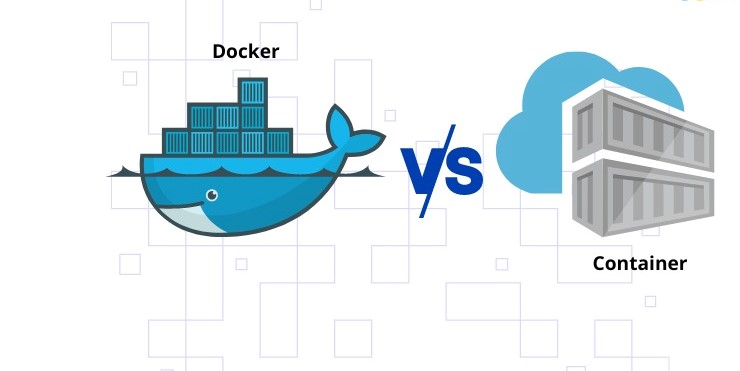Deciphering MVC and Web API: An In-Depth Comparison
In the realm of web application development, the choice of architecture can significantly influence the success of your project. Two widely-discussed architectural patterns, Model-View-Controller (MVC) and Web API, each bring a unique perspective to the table. This article takes a closer look at both MVC and Web API, dissecting their functions, use cases, and advantages.
Demystifying MVC: Model-View-Controller
Model: At the core of MVC lies the Model, which handles the data, logic, and rules of the application. It encompasses data structures, database interactions, and data manipulation. This separation ensures that changes in data don’t impact other components, enhancing scalability and maintainability.
View: The View focuses on the user interface and data presentation. It’s responsible for generating the visual elements that users interact with. By isolating the View from data manipulation, this layer offers design flexibility and simplifies UI updates.
Controller: Controllers act as intermediaries between the Model and the View. They receive user input, process it, and update the Model accordingly. Additionally, they decide which View to display. This separation streamlines code testing, reuse, and readability.
Decoding Web API: Application Programming Interface
Web API takes a different approach, emphasizing the exposure of application functionality over the web. It facilitates communication and interaction between various software systems. Web APIs offer a standardized way for applications to request and exchange data, promoting integration across platforms.
Key Web API Features:
- HTTP-Based Communication: Web APIs primarily utilize HTTP protocols, ensuring compatibility with diverse devices and applications.
- Stateless Interaction: Web APIs follow a stateless model, where each request carries all the necessary information for the server to fulfill it. This enhances scalability and simplifies load balancing.
- Data Formats: Web APIs support various data formats for seamless data exchange, including JSON and XML, catering to different application needs.
- Cross-Origin Resource Sharing (CORS): CORS allows web pages in one domain to access resources from another domain. Web APIs can define which origins are allowed, bolstering security.
http://informationarray.com/2023/08/23/decoding-mvc-and-mvt-which-architecture-suits-your-project/
MVC vs Web API: A Comprehensive Comparison
| Aspect | MVC | Web API |
|---|---|---|
| Focus | Architecture pattern for entire app | Exposing application functionality |
| Components | Model, View, Controller | Exposes methods as API endpoints |
| Use Cases | Comprehensive web apps | Integration with external systems |
| Data Exchange | Within app components | Across applications via HTTP |
| Communication | Internal application logic | External communication using HTTP |
| UI | User interface-centric | Data-centric |
Choosing the Right Path
The choice between MVC and Web API depends on your project’s nature. For intricate web applications with elaborate user interfaces, MVC might be your choice. Conversely, if data exchange and service provision to various platforms are your focus, Web API could be more suitable.
In conclusion, both MVC and Web API have distinct roles in modern web development. While MVC shapes the architecture of applications, Web API facilitates seamless data exchange and integration. By aligning your project’s goals, you can select the architecture that will optimize your web development and data interaction endeavors.









